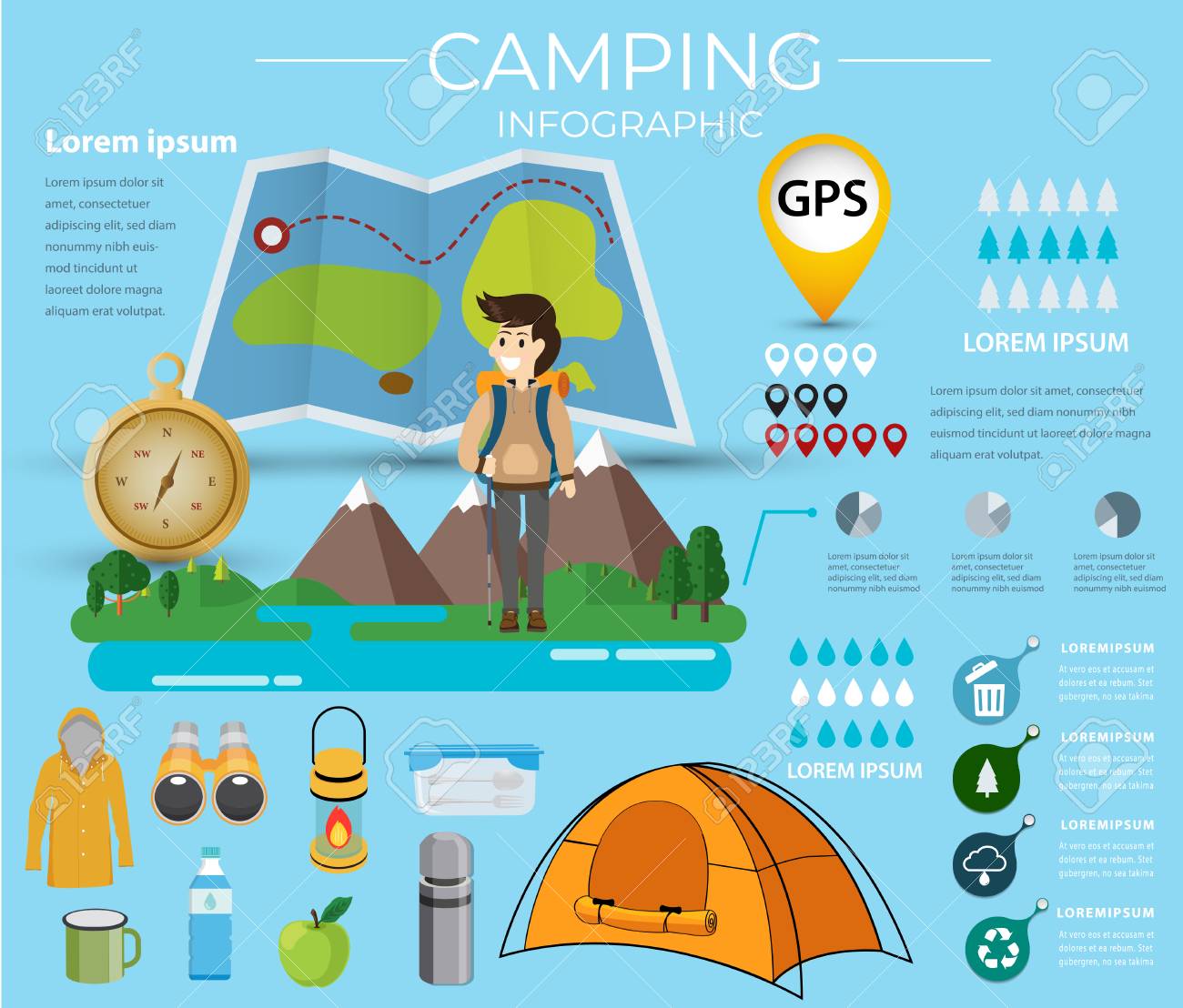Optimize Your Online Camping Tents Company Operations And Sell Camping Tents
Optimize Your Online Camping Tents Company Operations And Sell Camping Tents
Blog Article
Just how to Set Up an Outdoor tents
A camping tent isn't as tough to set up as it may appear. With method, it can be carried out in about 10 mins or less.
Why canvas tents can keep water out during rain?
Initially, spread out the groundsheet or tarp. Next, put together the camping tent posts (most are folded up and held together by shock cord.) Each end suits a port on the camping tent or with plastic clips that snap on to the ends.
Location
Picking the right place for your camping tent is vital to a comfy camping experience. It is necessary to pitch your tent in a location that is devoid of rocks, branches and other trip hazards. Additionally, you need to select an area that is faraway from cooking and shower room locations to avoid the smoke of campfires and other campground tasks from wandering right into your outdoor tents.
In addition, you need to look for a level spot that is at least as large as your tent. It's also a good idea to lay down a ground cloth to protect your tent from stumbling and various other problems.
If you don't have stakes, pare some branches to make them enough time to secure your outdoor tents. Conversely, you can make use of busted tree branches. These are generally tougher than the sticks that feature your outdoor tents. When possible, it's ideal to exercise setting up your camping tent in your home before your trip to ensure you know just how to do it appropriately.
Poles
Normally, camping tents have either one pole for every end that develop a triangle or several little, straight camping tent posts. Some camping tents likewise have a rainfly that offers extra protection from wind and rainfall. Examine the camping tent's instructions for information on just how to set up the poles and the rainfly.
Locate a flat place that is huge enough for your tent, free of sharp rocks and branches and reduced areas where water might collect. Set the impact or ground cloth and set up the tent body, matching each edge of the camping tent to the corner of the impact.
After that fit the tent poles into their sleeve or clip at their connection points in the tent material and increase the camping tent. Restrain the outdoor tents with ropes or risks, relying on your camping site surface. Think about utilizing shock cable such as dyneema core as opposed to normal cord at stake points as it has less stretch and holds the tent much more sturdily.
Rainfly
Prior to you leave, if it's not drizzling, sanctuary your backpack and any exterior things pocket from the weather to maintain your equipment completely dry. Furthermore, if the outdoor tents is wet and you're packing up in the rainfall, shield it as long as feasible (under your pack or a tree).
Before you begin doing away with your tent, take a moment to lay down a ground cloth or footprint (optional). This will help keep dust and particles from entering the outdoor tents where you'll rest. It will likewise offer extra insulation from the cold.
Guy Lines
Now that you've read and followed the directions, popped in your tent poles and obtained your rainfly in place (and it resembles an outdoor tents), it's time for the individual lines. Like a ship requires anchors, your tent needs these added assistance lines to make sure structural security in the face of wind and various other weather elements.
A lot of camping tents have little loops, called individual loopholes or man line loopholes (some rainflys additionally have grommets), that living in a tent you can make use of to link the individual line to. Otherwise, you can likewise use a larks foot or hangman's noose knot to connect the free end of the line to a risk or various other anchor. See to it your support is pushed in at a 45-degree angle, to boost the resistance to forces pulling on the person line. The tension on the lines need to be limited enough to keep outdoor tents form and security, but not so tight that it puts stress and anxiety on the tent material or joints.
